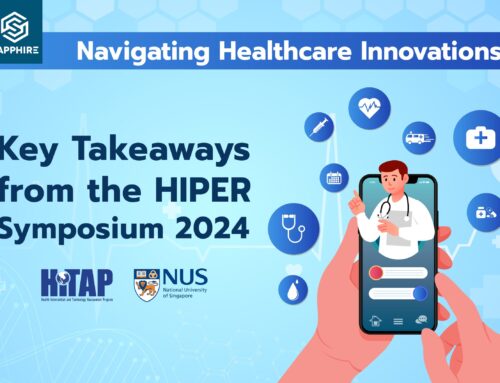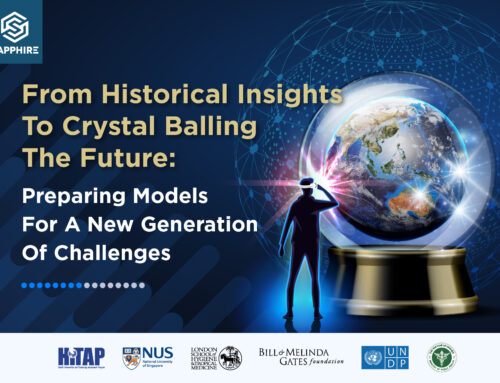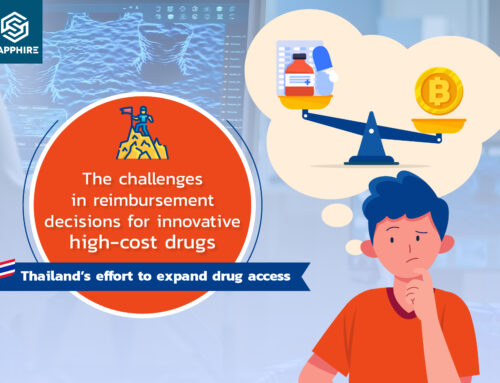
Medical technology innovations are required to address unmet public health needs. $14bn USD were invested in medical technology innovations in 2020. However, without proper guidance, invested resources can end up wasted whilst useful medical innovations are delayed. Early health technology assessment (HTA) can improve the efficiency of medical technology innovation, by identifying and prioritising innovations with high values, informing target product profiles, optimising clinical study designs, and expediting market access and reimbursement processes. By linking the innovation process to policymakers’ decision criteria at an early stage of development, this can increase the chances of successful innovation.
The idea of early HTA has been around for years, but the applications of early HTA have been suboptimal. This could be due to the complex nature of early HTA and a lack of widely recognised guidelines. Moreover, the research and development community is largely unaware of early HTA due to a disconnect that exists between HTA researchers and innovators. Yi Wang, Waranya Rattanavipapong and Yot Teerawattananon conducted a workshop for the Singapore government’s medical technology innovation agency (Biodesign) and have published a manuscript demonstrating an application of how early HTA can be applied to inform medical technology innovation using a simulated case study and a group of multidisciplinary innovators.
The workshop was conducted with a mixture of lectures and hand-on exercises. Taught lectures included innovation prioritisation, product profile optimisation, and clinical study design optimisation. Four target product profile targets (a minimally acceptable target, an acceptable target, an ideal target, and a stochastic ideal target) were designed for innovators to use to align the technology development with policymaker’s decision criteria. Value of information (VOI) analyses were also conducted to determine the opportunity costs of adoption decisions for the new technology which can be used to understand the value in conducting additional research to reduce decision uncertainties. These analyses can be used to prioritise specific parameters for further research, and can inform the optimal design of clinical research.
The target audience of traditional HTA is not technology innovators. However, for early HTA, researchers need to better understand and adjust research frameworks to meet innovators’ needs. The framework outlined in this manuscript aims to inform future applications of early HTA. However, there are still many issues that researchers face for conducting early HTA research, such as the protection of confidential information and conflicts of interest.
Other stakeholders, such as governments, are also critical in promoting early HTA. Governments should promote research integration and promote the collaboration between innovators and HTA researchers. While there is the concern that this may result in innovators pricing new technologies strategically and extracting more economic benefit than they otherwise would, resulting in reduced consumer surpluses. Government can mitigate these risks by considering regulations and market competition. From a societal perspective, collaborations of this type can promote more efficient innovation processes and increase total social welfare, however governments then need to consider how to distribute these gains fairly.



